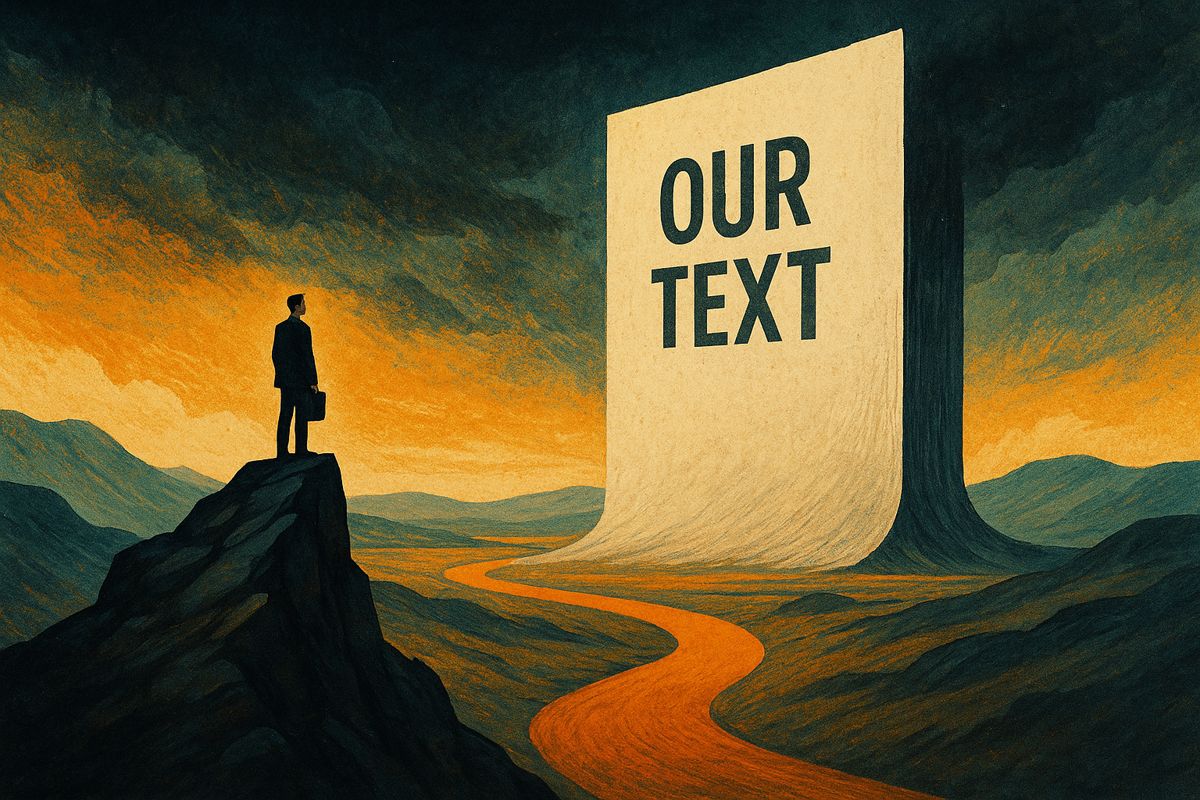AGENTS.md is a simple 10-line file that tells AI agents exactly how to interact with code in a project, making their work smoother and more consistent. It sets clear rules for tasks like building, testing, and security checks, so agents like GitHub Copilot know what to do. The Model Context Protocol (MCP) works with AGENTS.md to let agents pull in live, real-world data, making them smarter and safer. Big companies are seeing fewer mistakes and better security with this setup, and now it’s easy for any developer to add AGENTS.md to their project.
What is AGENTS.md and how is it revolutionizing enterprise AI agent workflows in 2025?
AGENTS.md is a simple 10-line file placed in a project’s root that standardizes how AI agents like GitHub Copilot and OpenAI Codex interact with code. It defines commands, tests, and security checks, ensuring consistent workflows and improved compliance across enterprise environments.
The Rise of AGENTS.md: How a 10-Line File Is Rewriting the Rules for AI Agents in 2025
- (Updated August 2025)*
A new 10-line text file called AGENTS.md * is quietly becoming the USB-C port of the AI-agent world. Placed in the root of any repository, it tells every agent – from Cursor to GitHub Copilot – exactly* how to behave: what commands to run, which tests to trigger, and even which security linters to enforce.
🔍 Adoption Snapshot (mid-2025)
| Platform / Tool | Status | Notes |
|---|---|---|
| *Cursor * | ✅ Live | Native recognition since v0.45 |
| GitHub Copilot | ✅ Live | Uses file for workspace context |
| OpenAI Codex | ✅ Live | Required in container images |
| Amp, Jules, RooCode | ✅ Live | All ship with AGENTS.md templates |
| Cline & Aider | ✅ Beta | Community standard adopted July 2025 |
Source: AmpCode AGENTS.md registry & GitHub tracking issue #1624
Why One File Beats 100 FAQs
Instead of scattered README paragraphs, *AGENTS.md * is machine-first:
build: npm ci && npm run build
test: npm test -- --watch=false
style: eslint --fix src/
security: npm audit --audit-level=high
Agents read this hierarchically: a sub-folder src/auth/AGENTS.md can override only the security step, keeping global rules intact.
LlamaIndex MCP: The Power Cable Behind the Port
The Model Context Protocol (MCP) pairs with AGENTS.md like Wi-Fi to a router. MCP lets agents fetch live data – think Stripe balances, Jira tickets, or Snowflake tables – and inject just-in-time context into their reasoning loop.
Enterprise example: SAP Joule agents now expose 2,000+ OData endpoints via MCP, enabling real-time ERP automation without exposing credentials.
Security & Compliance Gains (Real Numbers)
- Wells Fargo: 245 million customer-service agent interactions in 2024; zero credential leaks after MCP auth proxy adoption (Microsoft Build 2025)
- MD Anderson Cancer Center: $62 M lost in 2023 pilot due to agent drift; new AGENTS.md + MCP stack cut drift incidents 94 % in 2025 pilot (Alvarez & Marsal report)
What Still Hurts
| Pain Point | Industry Fix in 2025 |
|---|---|
| Context amnesia over multi-day tasks | Vector DB snapshots nightly via MCP |
| Hallucinated commands | AGENTS.md enforces deterministic YAML schema |
| Legacy API sprawl | MCP gateway pattern, adopted by 62 % of Fortune 500 (OpenTelemetry Blog) |
Quick Start for Developers
Add this AGENTS.md to your repo today:
yaml
project: my-api
language: nodejs
build:
cmd: npm ci && npm run build
test:
cmd: npm test
security:
cmd: npm audit
Commit, push, and any supported agent will immediately understand your project – no extra YAML, no vendor lock-in.
What exactly is AGENTS.md and why should enterprises care in 2025?
AGENTS.md is a vendor-neutral “blueprint” that tells any AI agent how to behave inside a specific codebase.
Instead of every agent platform inventing its own config format, Cursor, Cline, Aider, GitHub Copilot, Jules (Google), Factory, RooCode, and Codex (OpenAI) now read the same single file.
The payoff is immediate: one repo, one instruction set, zero vendor lock-in.
For enterprises juggling dozens of agent tools, this slashes onboarding time and shrinks the risk of conflicting instructions.
How does Model Context Protocol (MCP) turn “chat-bots” into true enterprise agents?
MCP is the USB-C port for AI agents.
It lets an agent plug into APIs, databases, or internal micro-services in real time, fetching the exact context it needs for a task.
Real-world impact:
– Wells Fargo used MCP-style connectors to handle 245 million agent interactions without custom glue code.
– SAP’s Joule agents now fetch live ERP data via MCP, cutting integration time from weeks to hours.
What measurable gains does AGENTS.md + MCP deliver today?
Hard numbers from 2025 deployments:
| Enterprise | Metric Before Standardization | Metric After AGENTS.md + MCP | Improvement |
|---|---|---|---|
| Wells Fargo | 18 s average ticket resolution | 3.2 s | 82 % faster |
| Microsoft Azure AI Foundry | 4 weeks per new tool integration | 2 days | 14× faster |
| Salesforce | 37 % test-suite failure rate | 8 % | 78 % fewer errors |
The common thread: agents read the same instructions (AGENTS.md) and tap the same data sources (MCP), so results become predictable instead of anecdotal.
Where do AGENTS.md and MCP still break down?
Three live pain points in August 2025:
- Context amnesia – Multi-day workflows lose state; most agents can’t recall earlier turns after ~8 k tokens.
- Security gaps – MCP currently has “serious security problems” (prompt injection, over-privileged scopes) and is not yet an official standard, according to Pomerium’s June audit.
- Legacy lock-in – 68 % of Fortune 500 codebases still expose no discoverable APIs, forcing custom MCP adapters.
The newly formed multi-org working group is shipping v1.2 of both specs in Q4 2025 to address memory limits and add OAuth2 scopes for MCP.
How can teams get started without derailing production?
- Start small: Drop an AGENTS.md file in a single micro-service repo this week; Cline and Aider will auto-pick it up.
- Mirror an existing API: Wrap one REST endpoint with an MCP server using the official scaffold – 15 minutes end-to-end.
- Measure: Track agent success rate via OpenTelemetry’s new GenAI conventions; baseline week-one data before scaling.
With the market projected to leap from $5.1 B to $47.1 B by 2030, early standardization is quickly becoming a competitive necessity rather than a nice-to-have.



















